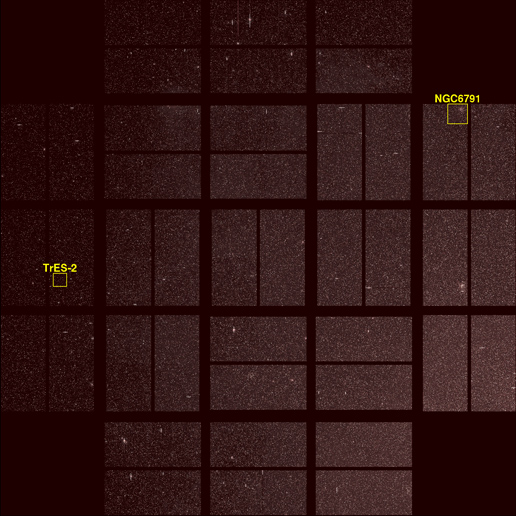Kepler was conceived, proposed, and lead by Bill Borucki. It is NASA Discovery mission #10, designed to be low cost and focused towards one task. For Kepler, that's planet-hunting.

While principal investigators work with a mission pregame through wrapup, others-- such as Padi and (for other missions) myself-- are brought in a year or so before launch, at the time when science operations needs to be finalized and ramped up. Padi notes that "everyone knows that scientists and engineers put in long hours and their best technical know-how to make space missions come to fruition. In the case of Kepler, Bill's team has also invested a great deal of heart and soul, and this is something that must make them all feel most proud. [...] Every member is so personally invested in the success of Kepler."
This is true of all space missions. With STEREO, I met a clerk whose job was to sign off on part requisition forms. He proudly called it 'his spacecraft'-- and it was, just as much as the rest of the team. Rocket science is hard and takes a lot of work by a lot of people. Padi notes "they all work very long hard hours to make sure Kepler is as capable as it can be, from the spacecraft design, to the software, to the ground-based follow-up to the management of the people." As the cliche says, if it wasn't hard, it wouldn't be rocket science.
Kepler is like Field of Dreams meets Cosmos |
Kepler was her 2nd 'first light' event. David Koch (Kepler Deputy PI) on first lights in general said they are "kind of like walking down the aisle", and Padi echoes this.
First Light is greeted with emotions somewhat similar to what an extended family must feel at the birth of a long-desired child---in the back of your mind you are aware that something could go wrong, but you are expecting something wonderful. And when you finally see what you have been waiting for, the smiles are from both joy and relief.
In both cases, the feelings leading up to first light are more accurately compared to eager anticipation. Each step along the way during the final months leading up to launch feels like a major milestone. It is so exciting when you hear that the spacecraft is making its way from the test facility to the Kennedy Space Center. Then it's even more thrilling when you hear about the spacecraft being put into the launch vehicle, then the vehicle being fueled, etc. By those last days before launch, even a positive weather forecast is reason to celebrate."
She concludes with a frankly Heinleinesque description of launch. Launch itself is the most thrilling, and also the most nerve-wracking part of the process: so much can happen to your precious cargo in those long moments as it battles against gravity to rise into orbit in space.
The hours and days immediately following launch are filled with new milestones: achieving orbit, powering up from the solar arrays, switching on the instruments, beginning to take the first engineering exposures. By the time First Light finally comes along, much good news is already known about the mission and the instrument.
Kepler has just launched, but Padi notes "the goal of finding Earthsize planets around stars like the sun is so fascinating to so many people." Not bad for Discovery mission #10.




Comments